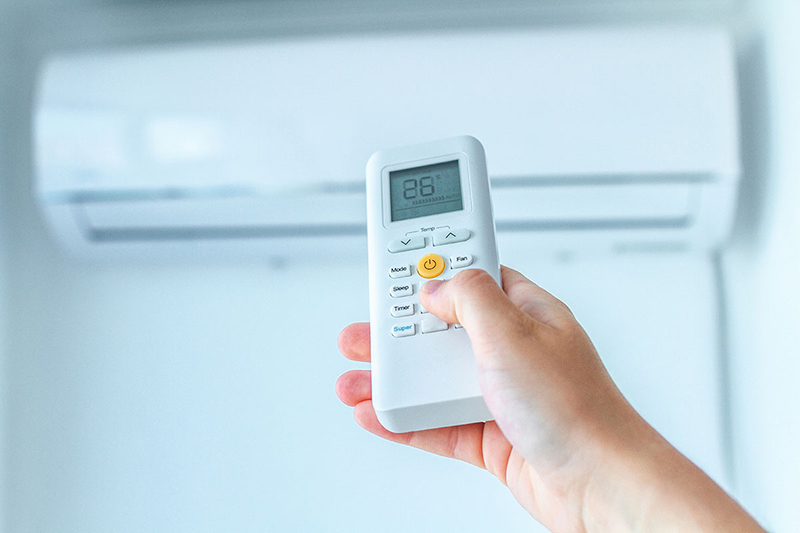
How do your Midea 4 ticks or Panasonic aircon multi split model work? If you’ve been researching air-conditioning technology, chances are you’ll have seen these terms, VRV and VRF. What do they mean, and what’s so different about them? For starters, both Variable Refrigerant Volume (VRV) and Variable Refrigerant Flow (VRF) are terms referring to the same kind of Heating, Ventilation and Air Conditioning (HVAC) technology. The first VRV systems were invented by Daikin in the early 1980s, and the term was registered as an official trademark. Outside of this, other firms use the term VRF. As the development of the air-conditioning system climbs, so does the use of the VRF term, populated by other brands in the market. What is VRF? Let’s dive into the details to dissect what VRF is exactly. It’s more than just the usual operation you see when you turn on your air conditioner - where you turn it on, and wait for the cool air to be released into the surroundings and cool the area down. In essence, VRF is a highly complicated technological air-conditioning system based on a few key fundamentals. First, refrigerant is the sole coolant in the system, the opposite of chilled water systems where refrigerant is used for cooling and/or heating the water that is regulated all round the whole system. It also uses a few compressors that permit reducing power consumption with partial cooling or heating loads. In addition, it has a few indoor units operating on the same refrigerant circuit. A VRF system is also capable of modular expansion, particularly for large projects that can develop in stages. The VRF Structure A regular system comprises an outdoor unit that has one or more compressors, together with a few indoor units and refrigerant piping that connects the systems outside and inside. How VRF Works At the start, the system remains at a standstill where functions are turned off. When a user switches on one of the indoor units, it will trigger the outdoor unit system and the VRV/VRF system will begin operation. Next, the system will inspect the outdoor temperature, the indoor operating settings like the operation mode and set temperature, and it will proceed to operate the compressor at the precise level in order to abide by the indoor requirements. When another indoor unit is switched on, the outdoor unit recalculates the requirements from all indoor units. It will boost the compressor’s output according to the level of demand needed. This process is continual without changes. It is a fully automatic system that regulates its power consumption depending on the demand coming in from the indoor units and existing conditions outside. Users can affect the indoor comfort settings like the operation mode, operation state, temperature and fan speed. Users only have to control these factors for operation, which is also the only thing needed for apt integration with the VRF system.